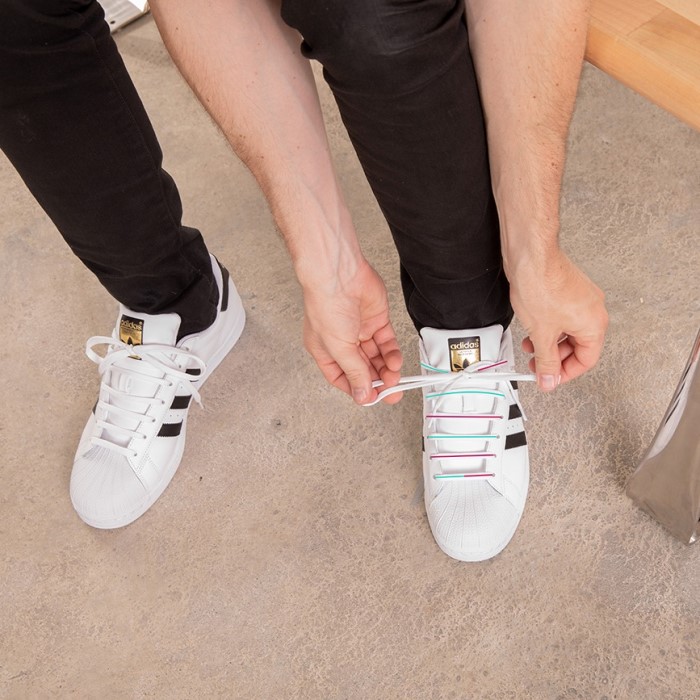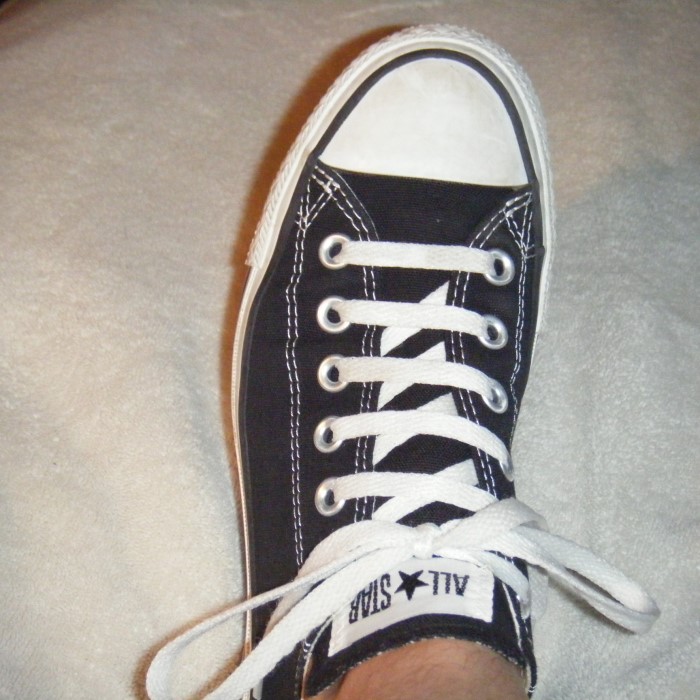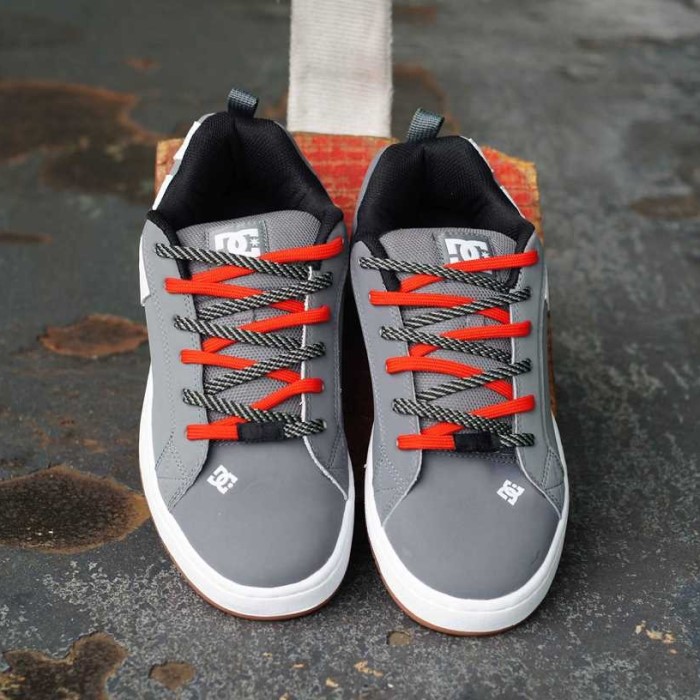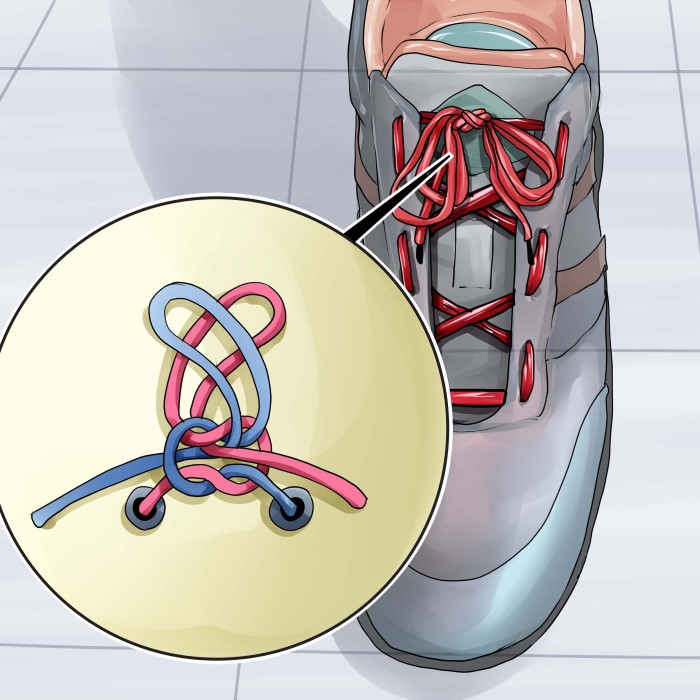Introduction: The Importance of Properly Lacing Skate Shoes
Knowing how to lace skate shoes correctly is essential for every skateboarder, especially beginners. Proper lacing not only secures your feet inside the shoe but also improves your overall skating performance. When your shoes fit well, you experience better control, support, and comfort. This article will provide a detailed, step-by-step guide on lacing skate shoes, ensuring you can hit the skate park with confidence and style. Let’s dive into the various methods and tips that will enhance your skating experience!
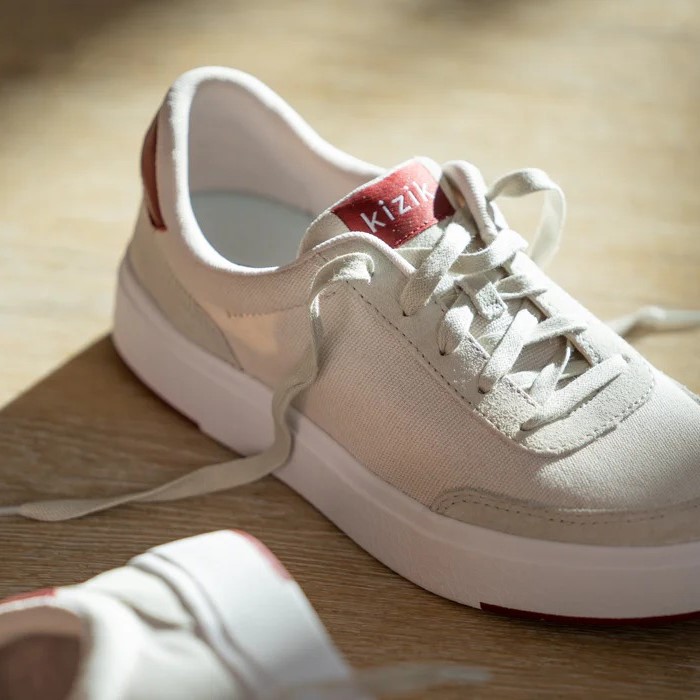
Importance of Properly Lacing Your Skate Shoes
Lacing your skate shoes correctly is more than just about aesthetics. It directly impacts your comfort, safety, and overall skating experience. Proper lacing ensures that your shoes stay secure and adapt snugly to your feet, allowing you to skate confidently. Let’s dive into why this simple step is so crucial.
Enhancing Comfort and Fit
A well-laced skate shoe offers a snug and tailored fit. This reduces unnecessary movement inside the shoe, preventing blisters and irritation. Proper lacing evenly distributes pressure across your feet, avoiding discomfort during intense skating sessions. When your shoes fit perfectly, you can focus entirely on skating rather than adjusting your footwear. This leads to a more enjoyable and immersive experience.
Preventing Injuries and Enhancing Performance
Proper lacing plays a vital role in injury prevention. Shoes that are too loose can cause your foot to slip, increasing the risk of ankle twists. Overly tight laces, on the other hand, may lead to restricted circulation and cramping. A secure yet balanced lacing method ensures stability while performing tricks and jumps, boosting your confidence and performance. With well-laced skate shoes, you can skate safely and push your skills further.
Different Lacing Styles for Skate Shoes
Lacing styles can impact both the functionality and appearance of your skate shoes. The way you lace your shoes can influence your comfort, security, and even your performance while skating. Below are three popular lacing styles that skaters frequently use, along with their benefits.
Traditional Criss-Cross Lacing
This is the most common and straightforward lacing method. It involves threading the laces diagonally through the eyelets, creating the classic “X” pattern.
Benefits:
- Offers a secure and even fit across the entire shoe.
- Provides stability and support during skating.
- Suitable for most skating styles and activities.
When to Use:
Criss-cross lacing works best for beginners or general skating activities. It ensures that your shoes stay firmly on your feet without unnecessary pressure.
Ladder Style Lacing
Ladder lacing is a functional and slightly more complex style. The laces are threaded horizontally and vertically, creating a “ladder” pattern.
Benefits:
- Provides a tight and secure hold, perfect for high-impact skating sessions.
- Reduces pressure on specific parts of the foot.
- Keeps the shoe tightly locked without frequent adjustments.
When to Use:
This method is ideal for skaters who need maximum support for tricks and jumps. It also works well for skaters with narrow feet who want to prevent slippage.
Bar Lacing for a Sleek Look
Bar lacing, also known as “straight lacing,” creates a clean and minimalistic appearance. The laces run straight across the eyelets horizontally, without crossing over.
Benefits:
- Offers a stylish look, making your skate shoes stand out.
- Reduces friction around the top of the foot.
- Provides a loose, comfortable fit for casual skating.
When to Use:
Bar lacing is best for light skating or when you want a relaxed shoe fit. It’s also great for those prioritizing aesthetics over performance.
By understanding these styles, you can choose the one that suits your skating needs and personal preference. Proper lacing is key for both functionality and style when hitting the skate park.
How to Choose the Right Lacing Style for You
Choosing the right lacing style can make skating more comfortable and enjoyable. Consider your skating activities, shoe design, and personal preferences before deciding.
Matching Lacing Style with Skating Activities
Your skating activities significantly influence your choice of lacing style.
- Casual Skating: Bar lacing offers comfort and a relaxed fit for light skating sessions.
- General Skating: Traditional criss-cross lacing provides a secure fit for everyday skating.
- High-Impact Skating: Ladder lacing ensures maximum hold and stability for tricks and jumps.
By aligning the lacing style with your skating habits, you can achieve both comfort and functionality.
Considering Shoe Design and Personal Preferences
Shoe design and personal style also play a key role in lacing decisions.
Foot Shape Considerations
- Narrow Feet: Individuals with narrow feet often struggle with traditional lacing methods that can lead to slippage within the shoe.
- Ladder Lacing: This technique is particularly beneficial for those with narrow feet. By using ladder lacing, the laces are positioned closer together and can provide a more secure fit. This reduces the chance of the foot slipping inside the shoe during activity, allowing for improved control and stability.
- Criss-Cross Lacing: Criss-cross lacing is a versatile option that works well for various foot shapes, including average and slightly wider feet. Its design offers sufficient support while ensuring a snug fit across the top of the foot. This lacing technique is widely used and favored for its adaptability to different foot structures.
Aesthetics of Lacing Styles
- Bar Lacing: For skaters who place a high value on style, bar lacing is an attractive option. This lacing method creates a clean and streamlined appearance on the shoe.
- Sleek Look: Bar lacing allows the laces to sit flat against the shoe rather than crossing over each other, resulting in a sleek and modern look that appeals to many skaters who want to make a fashion statement on the board.
- Personal Expression: Choosing bar lacing not only enhances the shoe’s aesthetic but also allows skaters to express their personal style through their gear. For those who are conscious of their visual presentation, this lacing method can contribute significantly to the overall outfit.
Performance Needs
- Maximizing Performance: When it comes to performance, the choice of lacing style can greatly impact a skater’s ability to execute tricks and maneuvers.
- Ladder Lacing for Support: Ladder lacing is particularly advantageous for skaters seeking maximum support. This technique allows for tighter lacing, which helps secure the foot more firmly within the shoe.
- Enhanced Stability: With a more secure fit, skaters can experience improved stability and control, especially during high-intensity activities or tricks. The tight support offered by ladder lacing can minimize foot movement inside the shoe, leading to better performance overall.
- Choosing the Right Method: Depending on the skater’s performance goals, selecting a lacing method that aligns with those needs is crucial. For serious athletes, prioritizing support and fit through techniques like ladder lacing can make a significant difference in their skating experience.
Think about your shoe features, usage needs, and desired appearance to make the perfect choice.
Step-by-Step Instructions for Lacing Your Skate Shoes
How to lace skate shoes? Lacing your skate shoes properly enhances comfort, performance, and safety. Follow these simple steps to ensure a secure fit and style tailored to your needs.
Preparing Your Skate Shoes and Laces
Start by getting your skate shoes and laces ready. Check for any damage or wear.
- Inspect Your Shoes: Look for tears or worn-out eyelets that might affect lacing.
- Choose the Right Laces: Opt for durable, flat laces to prevent slipping.
- Position Your Shoe: Place the shoe on a flat surface for easy access.
- Ensure Clean Laces: Clean or replace old laces for better functionality.
Preparation ensures the lacing process goes smoothly.
Criss-Cross Lacing Tutorial
Criss-cross lacing is simple and works for most skating needs. Here’s how to do it:
- Start at the Bottom: Thread the lace through the first eyelets from underneath.
- Create an “X” Pattern: Cross the laces diagonally and thread them upward.
- Continue Upwards: Repeat this pattern until you reach the top.
- Secure the Knot: Tie a firm double knot to keep the laces in place.
Criss-cross lacing provides stability and even pressure across the shoe.
Detailed Guide to Ladder Lacing
Ladder lacing is ideal for high-impact activities and offers strong support. Follow these steps:
- Thread Horizontally: Start at the bottom, threading the lace straight across.
- Move Vertically: Pull the lace up through the next eyelet on the same side.
- Repeat the Pattern: Alternate horizontal and vertical threading until the top.
- Tie Securely: Finish with a tight knot to lock the ladder structure.
This method prevents slippage and distributes pressure evenly.
Mastering the Bar Lacing Technique
Bar lacing adds style and comfort to casual skating. Here’s a quick breakdown:
- Thread Straight Across: Pull the lace through the first eyelets horizontally.
- Skip to the Next Level: Thread the lace under the eyelet to the next row.
- Repeat Horizontally: Keep the pattern straight across each row.
- Tie at the Top: Secure with a neat knot when finished.
Bar lacing minimizes foot friction and creates a clean, stylish look.
By following these tutorials, you can lace your skate shoes effectively, matching your skating needs and preferences.
Common Mistakes to Avoid While Lacing
How to lace skate shoes? Proper lacing is essential for comfort, safety, and performance. Avoiding common mistakes can save time and improve your skating experience. Let’s pinpoint frequent errors and how to prevent them.
Over-Tightening or Leaving Laces Too Loose
- Over-Tightening Issues:
- Restricts foot circulation, causing pain and cramping.
- Reduces mobility, making tricks harder to perform.
- Increases the risk of lace damage due to excessive strain.
Solution: Adjust tension to ensure snug but comfortable laces.
- Loose Laces Problems:
- Feet may slip inside the shoes, risking ankle sprains or instability.
- Shoes won’t stay secure during jumps and tough tricks.
- Can require frequent re-tightening, disrupting skating sessions.
Solution: Tie a firm knot and check for a secure fit before skating.
Skipping Eyelets Improperly
- Inconsistent Pressure Points:
- Skipping eyelets alters pressure distribution across the shoe.
- May lead to discomfort during long skating sessions.
- Reduced Stability:
- Missing eyelets compromises how secure the shoe feels.
- Increases the chance of losing control while skating.
Solution: Use all eyelets for a balanced and secure fit. Customize sparingly if needed.
By avoiding these errors, you can ensure that your skate shoes fit well and perform optimally.
Tips for Maintaining Your Laces and Skate Shoes
How to lace skate shoes? Proper maintenance of skate shoes and laces extends their life and ensures better performance.
Proper Cleaning and Storage
- Clean Them Regularly: Remove dirt and grime after every skating session to prevent wear.
- Use Mild Soap: Wash laces and shoes with mild soap to protect materials.
- Avoid Over-soaking: Avoid soaking shoes or laces in water for long periods.
- Air Dry: Dry them in a shaded area to prevent shrinking or material damage.
- Store Properly: Keep skate shoes in a cool and dry place to avoid moisture damage.
When to Replace Worn-Out Laces
- Check for Fraying: Replace laces if they are fraying or thinning in high-stress areas.
- Inspect Eyelets: Ensure laces do not cause damage to eyelets due to wear.
- Assess Functionality: Replace laces that no longer provide a secure fit.
- Upgrade Materials: Consider durable laces for added grip and longevity during intense skating.
Regular care keeps your skate gear functional and prepares you for better sessions.
Frequently Asked Questions About Skate Shoe Lacing
How Tight Should Skate Shoes be Laced?
The tightness of your skate shoes is crucial for safety and comfort. Your shoes should feel snug but not restrictive. Overly tight lacing can restrict circulation and cause foot pain, while loose lacing may lead to instability and increase the risk of injuries. Ensure your laces hold your foot securely without squeezing too hard. Perform a quick check: If you can wiggle your toes comfortably and your foot doesn’t shift inside the shoe, the fit is perfect.
Can Specialized Laces Improve Skating Performance?
Yes, specialized laces can improve your skating experience. Flat and durable laces are ideal for skate shoes. They offer a secure hold and prevent slipping during intense skating. Waxed laces are also popular because they stay tied more effectively, which reduces frequent adjustments. Opt for laces made of sturdy materials to withstand the wear and tear of regular skating sessions. Investing in high-quality laces can enhance both performance and overall safety.
Are Certain Lacing Styles Better for Tricks?
Absolutely, specific lacing styles can aid trick performance. Ladder lacing is an excellent choice for skaters focusing on advanced tricks. It provides maximum foot lockdown, offering stability during jumps and flips. Bar lacing, on the other hand, is better for lighter tricks and casual skating. While traditional criss-cross lacing works well for most skating activities, if you’re pushing your limits with high-impact maneuvers, opt for ladder lacing to maintain optimal control and safety.
Conclusion: Mastering the Art of Lacing Skate Shoes
Understanding how to lace skate shoes is a key skill every beginner should master. Proper lacing ensures a secure fit, enhances comfort, and improves overall performance. By following this step-by-step guide, you can create the perfect fit for your feet and style of skating.
Keep experimenting with different lacing techniques to find what works best for you. Remember, comfort is essential in ensuring an enjoyable skating experience. Good luck, and enjoy your time on the board!
